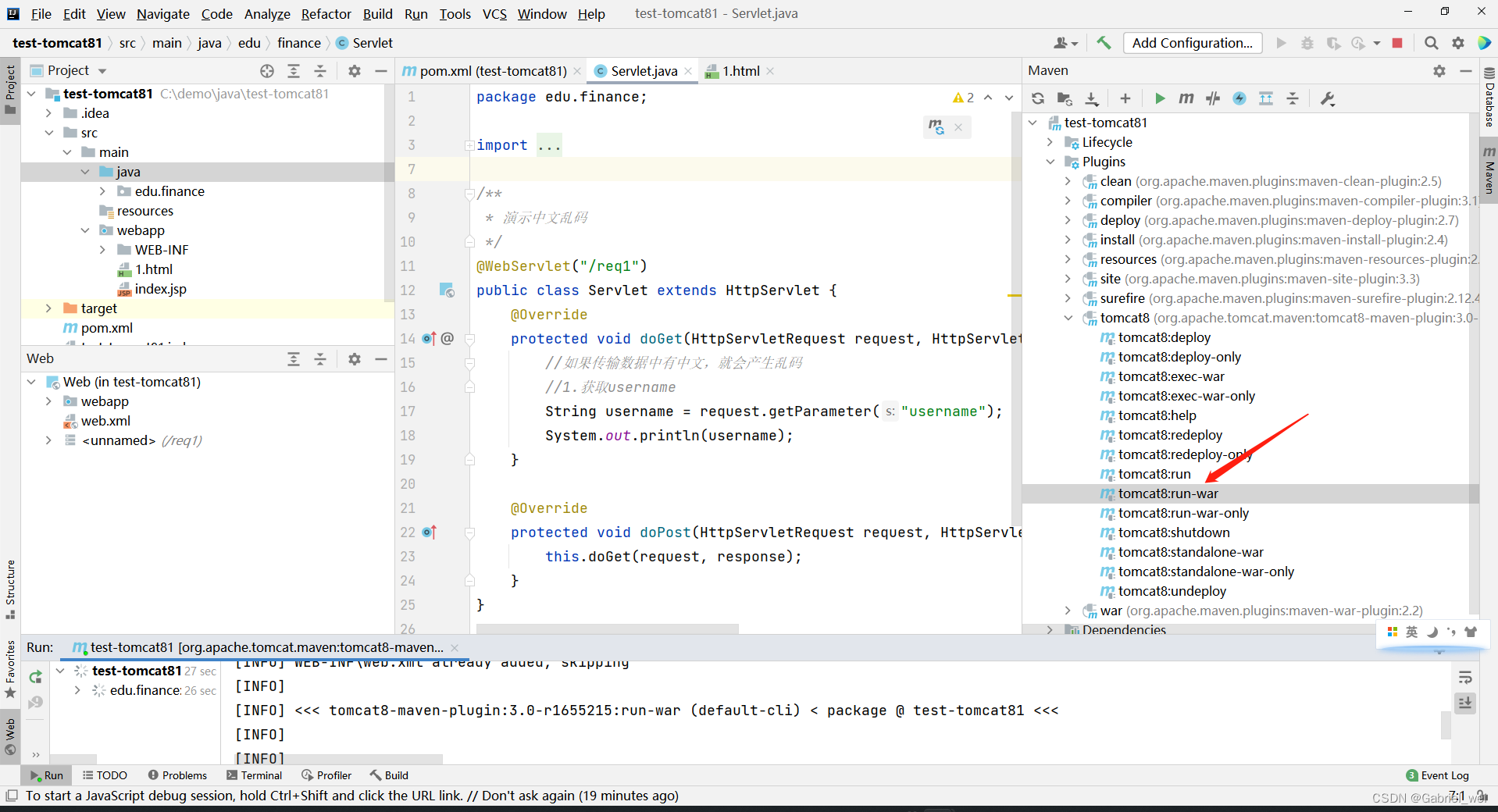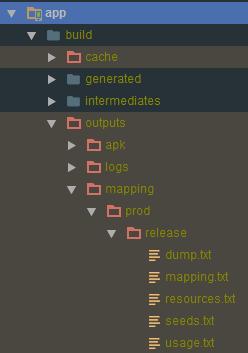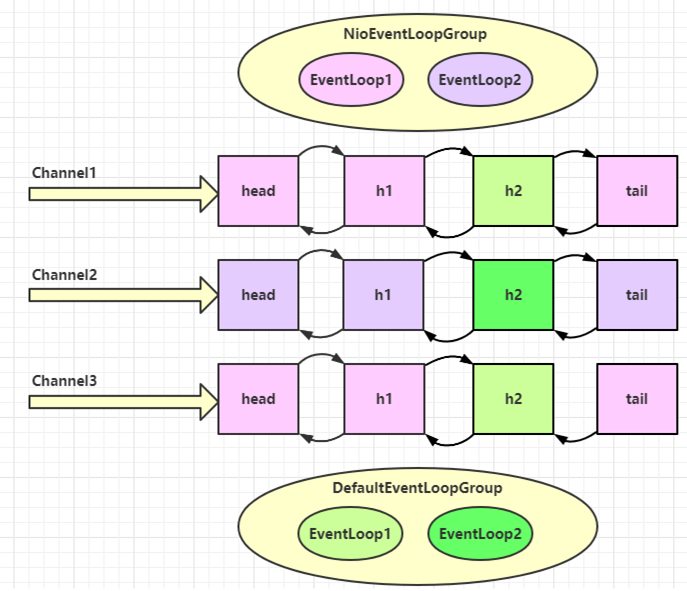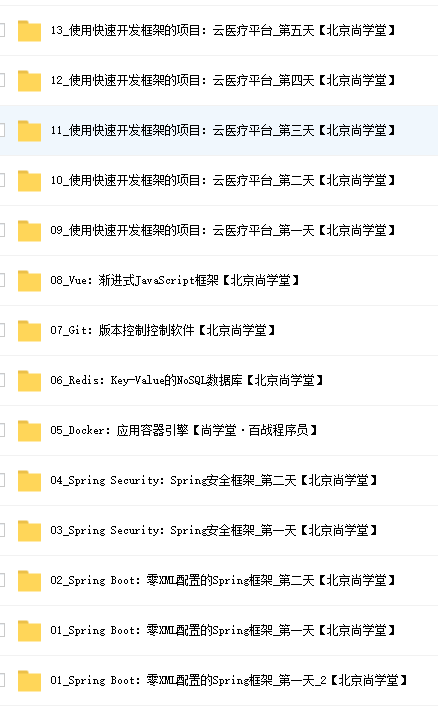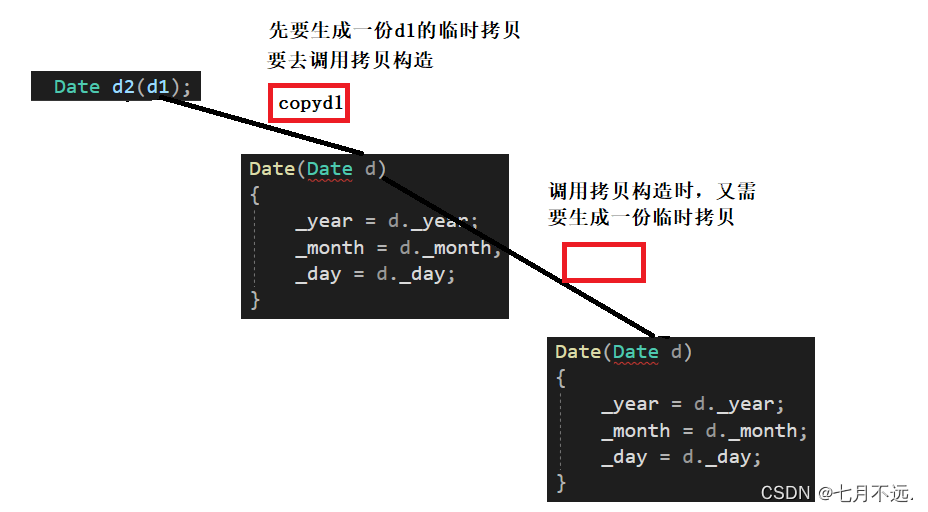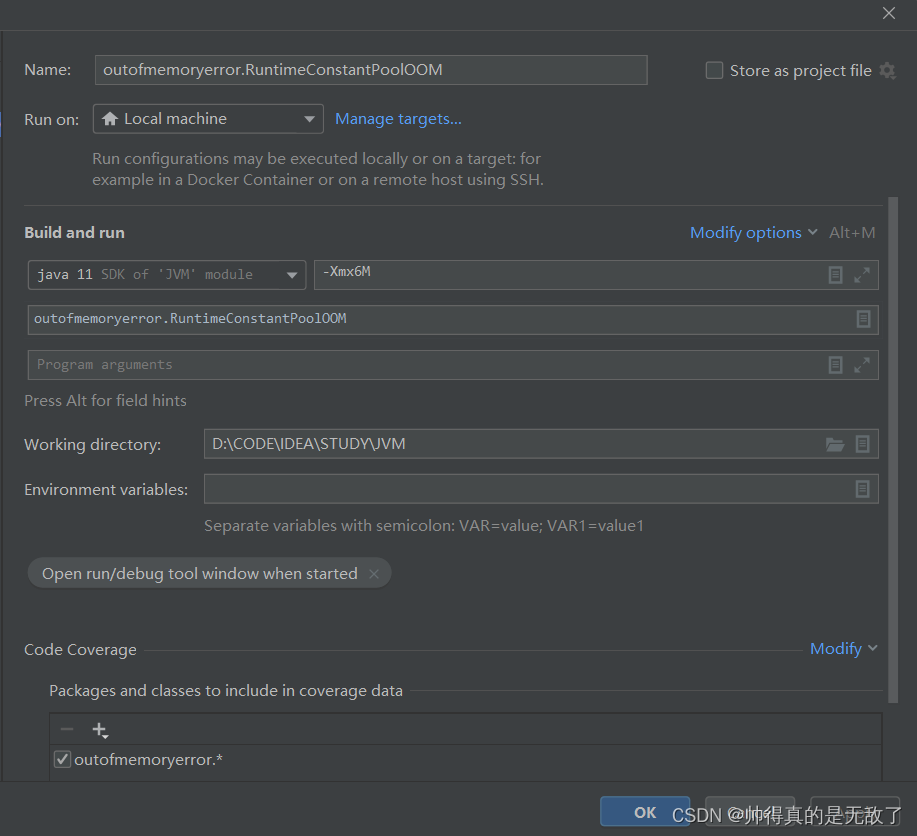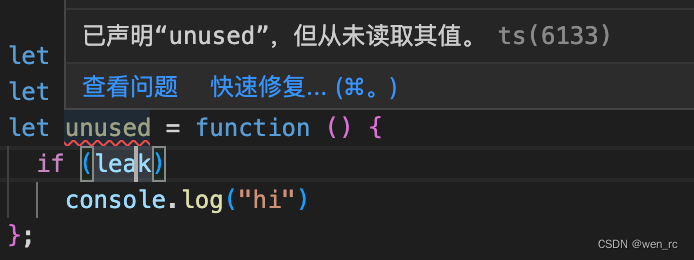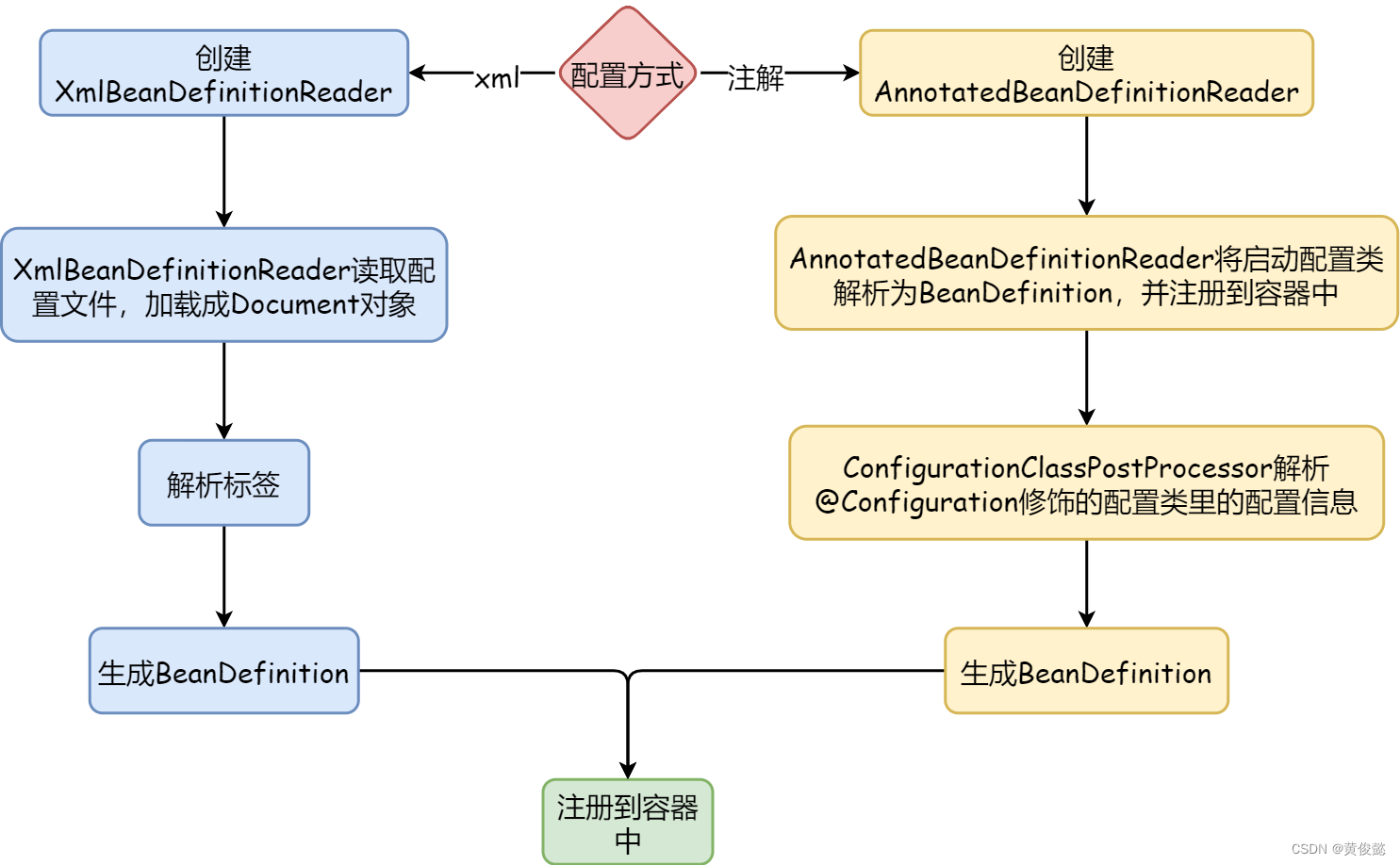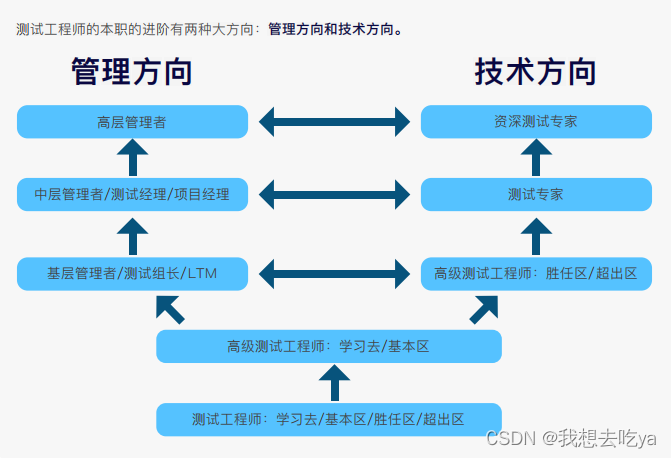前言
Http 请求对于任何系统都是一大基石,那么如何封装一个高可用的 Http 请求工具呢?接下来手把手教你使用 TypeScript 封装一个高可用的 Http 请求工具。
本工具由三部分构成:Http基础层、基础方法层、业务层。
Http基础层
Http基础层主要用于统一处理错误和防抖。
防抖主要使用CancelToken来取消相同时间内的重复请求,通过Map对象来记录请求,在请求拦截器中取消重复请求,响应结束则删除请求记录。根据请求url&method¶ms&data
来判断是否是重复请求,并对一些特殊请求,设置白名单,不做去重处理。
import axios, {AxiosRequestConfig,AxiosResponse,AxiosError,AxiosInstance,
} from 'axios'
// 取消请求
const CancelToken = axios.CancelToken
interface HttpParams {BASEURL?: stringTIMEOUT?: numbererrorHandler?: (error: AxiosError, ctx?: AxiosInstance) => voidisCancel?: boolean
}
const cancelMap = new Map()
export default class Http {instance: AxiosInstanceconstructor({BASEURL,TIMEOUT = 1000 * 60 * 10,errorHandler = () => void 0,isCancel = true,}: HttpParams) {// 创建实例this.instance = axios.create({baseURL: BASEURL,timeout: TIMEOUT,withCredentials: true,})// 拦截请求this.instance.interceptors.request.use((config: AxiosRequestConfig) => {if (isCancel) {const key = uniqueKey(config)// if exists, abort itcancelHandler(key)if (!config.cancelToken && key) {config.cancelToken = new CancelToken((cancel) => {cancelMap.set(key, cancel)})}}return config},(error: AxiosError) => {if (!axios.isCancel(error)) {errorHandler(error, this.instance)return Promise.reject(error)}})// 拦截响应this.instance.interceptors.response.use(({ config, data, headers }: AxiosResponse) => {if (isCancel) {const key = uniqueKey(config)if (cancelMap.has(key)) {cancelMap.delete(key)}}if (config.method === 'head') {return Promise.resolve(headers)}return Promise.resolve(data)},(error: AxiosError) => {if (!axios.isCancel(error)) {errorHandler(error, this.instance)return Promise.reject(error)}})}static async get(url: string, config?: AxiosRequestConfig) {return (await axios.get(url, config))?.data}static async post( url: string,data?: Record<string, unknown>,config?: AxiosRequestConfig ) {return (await axios.post(url, data, config))?.data}static cancel(config: AxiosRequestConfig) {const key = uniqueKey(config)cancelHandler(key)}
}
// 对象转字符串
function obj2Str(obj: Record<string, unknown>) {let res = ''if (typeof obj !== 'object') {return res}try {res = JSON.stringify(obj)} catch {res = ''}return res
}
// 唯一ID
function uniqueKey(config: AxiosRequestConfig) {const bool = whiteList(config)return bool? '': `${config.method}-${config.url}-${obj2Str(config.params)}-${obj2Str(config.data)}`
}
// 取消请求
function cancelHandler(key: string) {if (key) {const cancel = cancelMap.get(key)if (cancel) {cancel()cancelMap.delete(key)}}
}
// 白名单,true 则不做取消
function whiteList(config: AxiosRequestConfig) {const { data, headers = {} } = configif (data instanceof FormData || headers.range) {return true}return false
}
基础方法层
基于Http基础层,我们封装了基础方法层:支持我们常见的Http请求方法:get、post、put、delete、head。这里增添了一个serviceName用来语义化接口,使得接口报错时更加友好。
// 基础get方法
const get = <T>( instance: AxiosInstance,url: string,serviceName = '未知服务',params = {},options = {} ) => {return new Promise<T>((resolve, reject) => {instance({url,method: 'get',params: params,...options,}).then((res) => {resolve(res?.data ? res.data : res)}).catch((error) => {reject(error)console.error(`get请求---${serviceName}---接口失败!`)})})
}
// 基础post方法
const post = <T>( instance: AxiosInstance,url: string,serviceName = '未知服务',data = {},options = {} ) => {return new Promise<T>((resolve, reject) => {instance({url,method: 'post',data: data,...options,}).then((res) => {resolve(res?.data ? res.data : res)}).catch((error) => {reject(error)console.error(`post请求---${serviceName}---接口失败!`)})})
}
// 基础put方法
const put = <T>( instance: AxiosInstance,url: string,serviceName = '未知服务',data = {},options = {} ) => {return new Promise<T>((resolve, reject) => {instance({url,method: 'put',data: data,...options,}).then((res) => {resolve(res?.data ? res.data : res)}).catch((error) => {reject(error)console.error(`put请求---${serviceName}---接口失败!`)})})
}
// 基础delete方法
const del = <T>( instance: AxiosInstance,url: string,serviceName = '未知服务',data = {},options = {} ) => {return new Promise<T>((resolve, reject) => {instance({url,method: 'delete',data: data,...options,}).then((res) => {resolve(res?.data ? res.data : res)}).catch((error) => {reject(error)console.error(`delete请求---${serviceName}---接口失败!`)})})
}
// 基础head方法
const head = <T>( instance: AxiosInstance,url: string,serviceName = '未知服务',params = {},options = {} ) => {return new Promise<T>((resolve, reject) => {instance({url,method: 'head',params: params,...options,}).then((res) => {resolve(res?.data ? res.data : res)}).catch((error) => {reject(error)console.error(`head请求---${serviceName}---接口失败!`)})})
}
业务层
我们常用的请求有本地请求、业务后台请求、绝对路径请求以及其他三方后台请求,我们可以构建不同的axios实例来处理这些情况。
export interface AxiosConfig {BASEURL: {host: stringport: numberpath?: string}
}
interface InstanceMap {[key: string]: AxiosInstance | null
}
const instanceMap: InstanceMap = {base: null, // 当前系统ip下的请求business: null, // 后台接口请求
}
// 初始化默认实例
export const initAxiosInstance = (config: AxiosConfig) => {if (!config) returnconst {BASEURL: { host, port },} = configconst BASEURL = `//${host || location.hostname}:${port}/`instanceMap.base = new Http({BASEURL: BASEURL,errorHandler,}).instance
}
// 初始化后台实例
export const initBusinessInstance = (config: AxiosConfig) => {if (!config) returnconst {BASEURL: { host, port, path },} = configconst BASEURL = `//${host || location.hostname}:${port}/${path}`instanceMap.business = new Http({BASEURL: BASEURL,errorHandler,}).instance// set auth headersinstanceMap.business.defaults.headers.common['Authorization'] = `${getToken()}`
}
// 业务方法 GET
export const GET = <T>(url: string,serviceName?: string,params?: Record<string, any>,options?: Record<string, any>
): Promise<T> => {if (!instanceMap.base) {throw new Error('instanceMap.base is null')}return get<T>(instanceMap.base, url, serviceName, params, options)
}
// 业务方法 POST
export const POST = <T>(url: string,serviceName?: string,data?: Record<string, any>,options?: Record<string, any>
): Promise<T> => {if (!instanceMap.base) {throw new Error('instanceMap.base is null')}return post<T>(instanceMap.base, url, serviceName, data, options)
}
// 业务方法 PUT
export const PUT = <T>(url: string,serviceName?: string,data?: Record<string, any>,options?: Record<string, any>
): Promise<T> => {if (!instanceMap.base) {throw new Error('instanceMap.base is null')}return put<T>(instanceMap.base, url, serviceName, data, options)
}
// 业务方法 DELETE
export const DELETE = <T>(url: string,serviceName?: string,data?: Record<string, any>,options?: Record<string, any>
): Promise<T> => {if (!instanceMap.base) {throw new Error('instanceMap.base is null')}return del<T>(instanceMap.base, url, serviceName, data, options)
}
// 业务方法 HEAD
export const HEAD = <T>(url: string,serviceName?: string,params?: Record<string, any>,options?: Record<string, any>
): Promise<T> => {if (!instanceMap.base) {throw new Error('instanceMap.base is null')}return head<T>(instanceMap.base, url, serviceName, params, options)
}
代码示例
在某些情况,我们可以需要动态修改后台接口host、port或者path。所以我们需要动态化配置。
1、根据环境动态选择配置
我们常见的是设置不同的env文件,在打包时通过DefinePlugin插件全局替换那些变量,达到不同环境设置不同的后台接口环境。
2、配置文件
上面那种虽然实现了根据不同环境构建,但是打包之后就不能更改后台环境了。如果打包之后需要更改后台环境呢?我们只能通过配置文件来配置后台环境,这样打包可以修改配置文件来配置不同的后台环境。我们只需要将配置文件放置在public目录即可。
import { GET, AxiosConfig } from './index'
export interface AppConfig {title: stringdevelopment?: AxiosConfigproduction?: AxiosConfig[key: string]: unknown | AxiosConfig
}
export function getAppConfig() {return GET<AppConfig>('static/appConfig.json', "获取系统配置文件")
}
import {initAxiosInstance,initBusinessInstance,AxiosConfig,
} from './api/index';
import { getAppConfig, AppConfig } from './api/public'
const envList = ['development', 'production']
export default async () => {const config = await getAppConfig()const envConfig = config[import.meta.env.MODE] as AxiosConfiginitAxiosInstance(envConfig)initBusinessInstance(envConfig)
}
总结
Http工具由三部分组成:Http基础层、基础方法层、业务层。Http基础层提供一个统一处理错误和防抖的axios实例;基础方法层提供了一些基础方法,支撑业务层;业务层通过传入不同的axios示例,构建不同的业务请求方法。
最后
为大家准备了一个前端资料包。包含54本,2.57G的前端相关电子书,《前端面试宝典(附答案和解析)》,难点、重点知识视频教程(全套)。

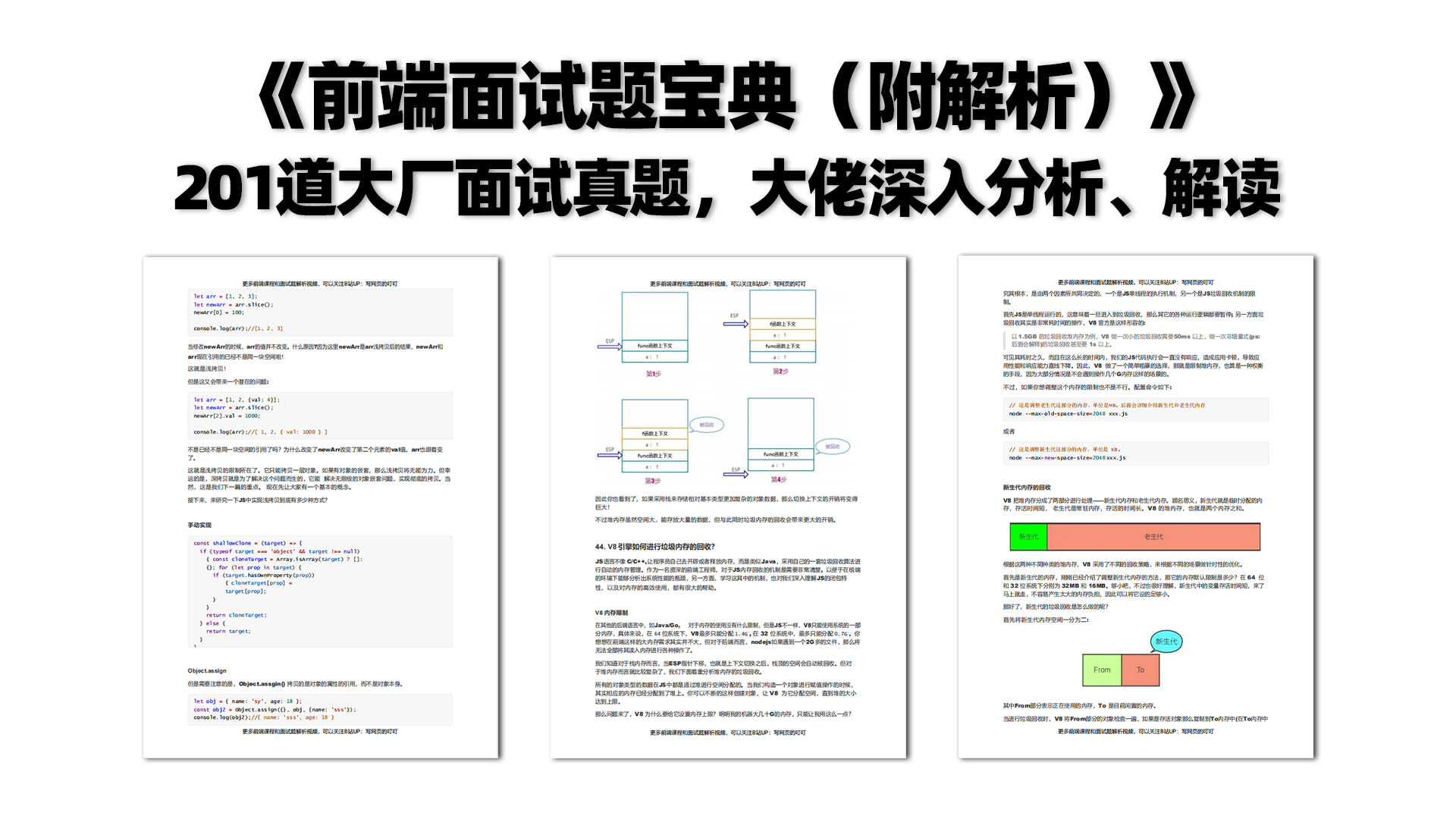
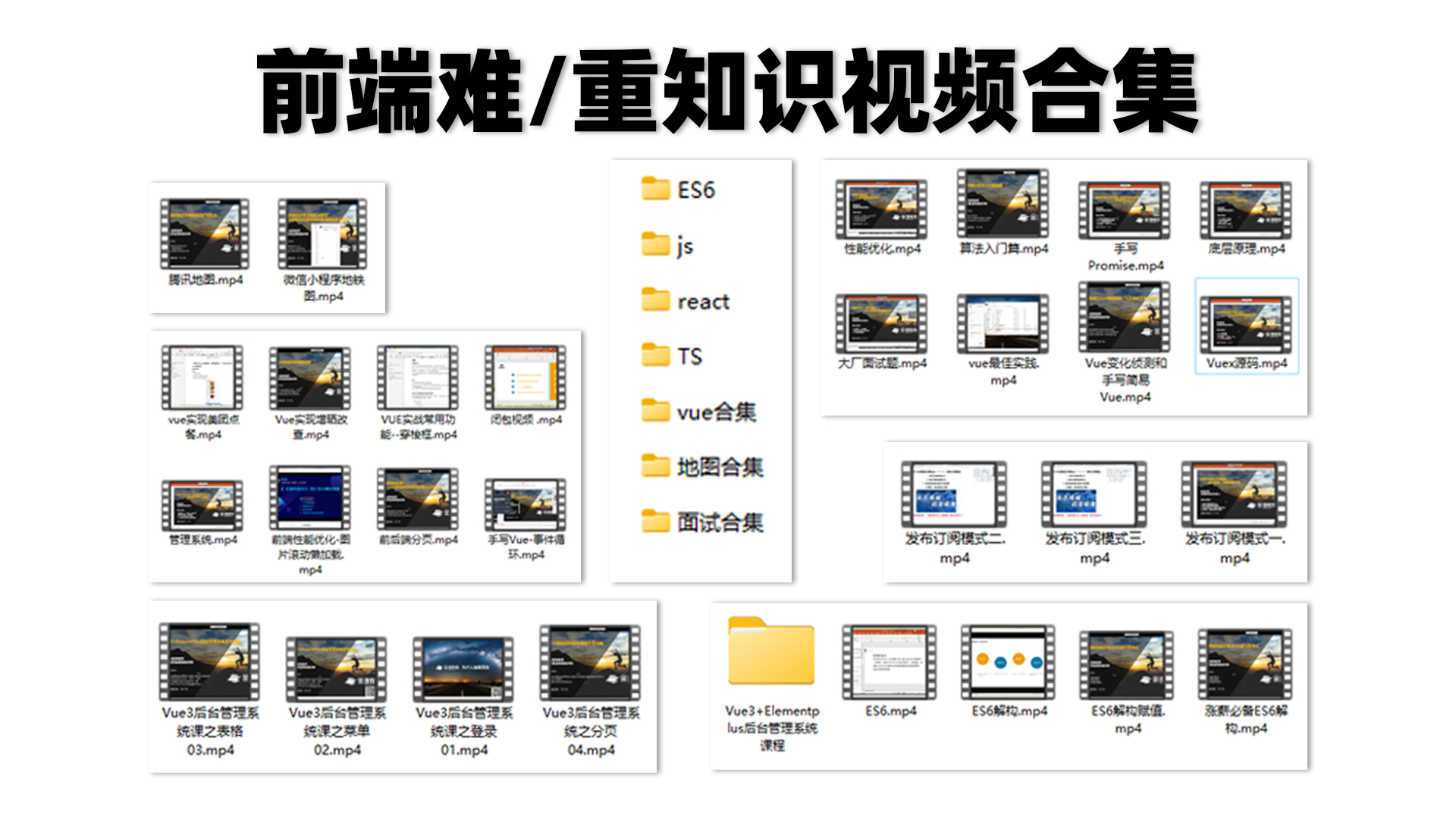
有需要的小伙伴,可以点击下方卡片领取,无偿分享






